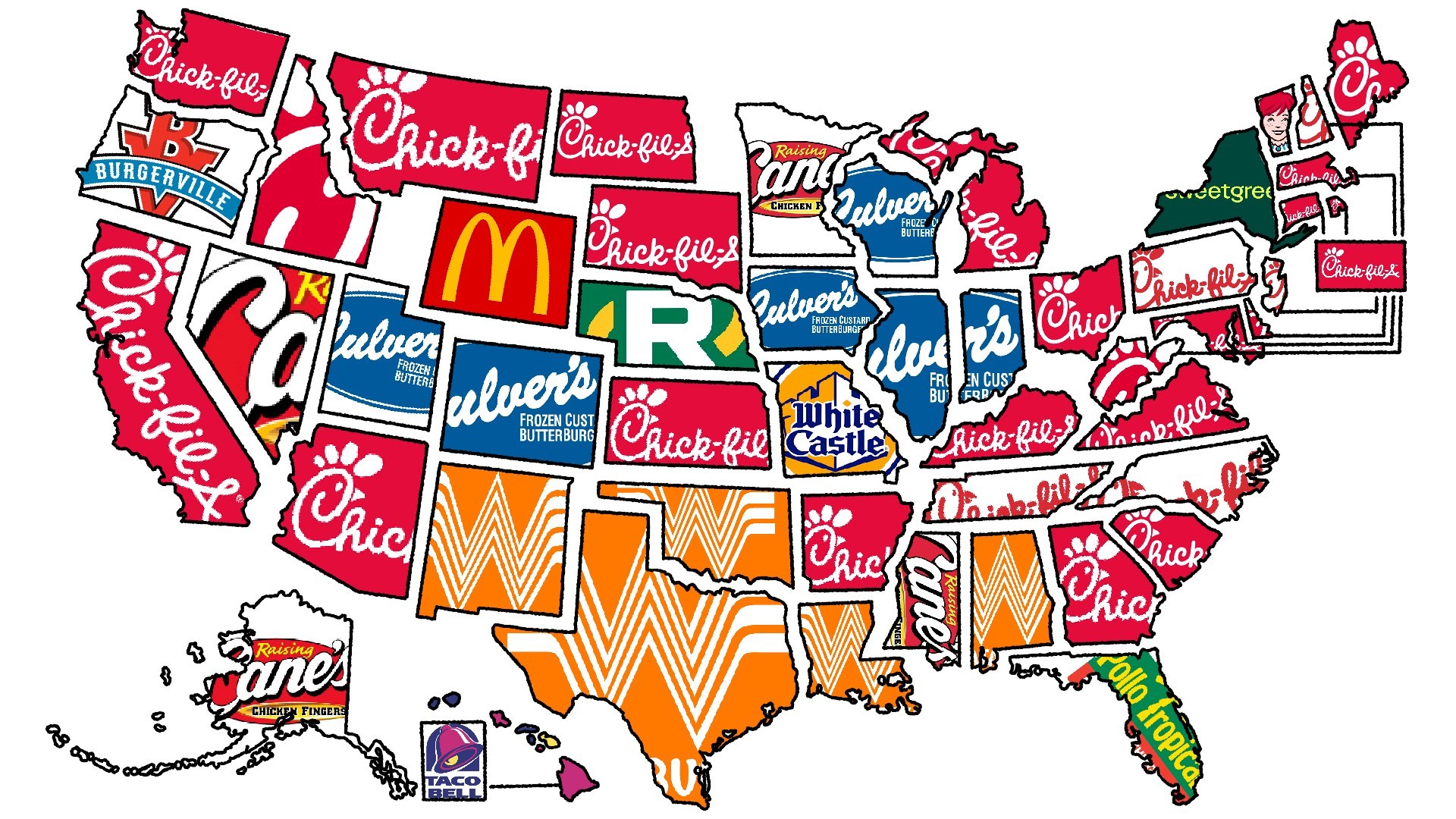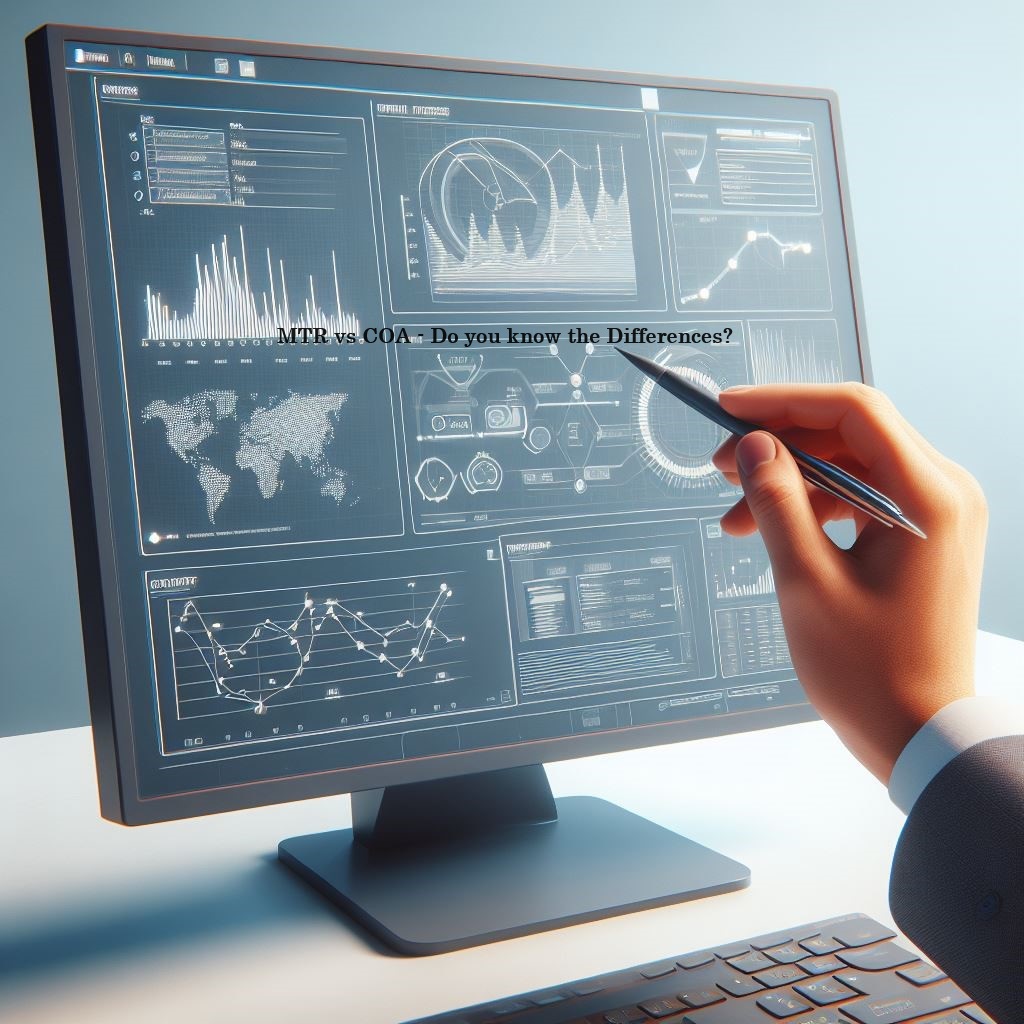Leveraging Artificial Intelligence (AI) in invoice automation has transformed the way businesses handle financial processes, promising significant improvements in speed, accuracy, and cost-effectiveness.
As we delve into the future of AI in invoice automation, it’s clear that we’re witnessing the dawn of a revolution in financial management.
- Enhanced Accuracy and Data Extraction: AI-powered invoice automation systems excel in extracting data from various types of invoices, regardless of format or language. With advancements in machine learning algorithms, these systems can accurately capture key information such as invoice number, date, vendor details, and line items. Through intelligent data extraction, AI minimizes errors caused by manual entry, ensuring data integrity and compliance with accounting standards.
- Streamlined Approval Workflows: Gone are the days of tedious manual approval processes. AI streamlines approval workflows by automatically routing invoices to the appropriate stakeholders based on predefined rules and thresholds. Through integration with existing ERP systems and collaboration platforms, AI-powered automation expedites the approval process, reducing bottlenecks and accelerating payment cycles. Moreover, machine learning algorithms can learn from past decisions, optimizing approval routes over time and adapting to evolving business needs.
- Fraud Detection and Prevention: One of the critical challenges in invoice processing is the risk of fraud. AI-driven solutions employ advanced analytics and anomaly detection techniques to flag suspicious invoices and irregular patterns. By analyzing historical data and identifying discrepancies, these systems mitigate the risk of fraudulent activities such as duplicate invoices, inflated charges, or vendor impersonation. Real-time monitoring capabilities enable proactive intervention, safeguarding organizations against financial losses and reputational damage.
- Integration of Cognitive Capabilities: The future of AI in invoice automation lies in the integration of cognitive capabilities such as natural language processing (NLP) and optical character recognition (OCR). NLP enables systems to comprehend and interpret unstructured invoice data, extracting meaning from free-form text fields and supporting multilingual processing. OCR technology, coupled with AI algorithms, enhances the accuracy of data extraction from scanned documents and handwritten invoices, bridging the gap between physical and digital formats.
- Predictive Insights and Optimization: AI empowers organizations to harness the power of predictive analytics for optimizing invoice management processes. By analyzing historical trends, spending patterns, and vendor behavior, AI algorithms can provide actionable insights for optimizing cash flow, negotiating better terms with suppliers, and identifying opportunities for cost savings. Predictive modeling enables proactive decision-making, enabling organizations to anticipate future invoice volumes, allocate resources efficiently, and mitigate financial risks.
The future of AI in invoice automation is characterized by unprecedented levels of efficiency, accuracy, and agility in financial processes. As AI continues to evolve, fueled by advancements in machine learning, natural language processing, and cognitive computing, organizations stand to reap the benefits of streamlined workflows, enhanced compliance, and strategic insights. By embracing AI-driven solutions, businesses can unlock new opportunities for innovation, cost reduction, and competitive advantage in the dynamic landscape of financial management. As we embark on this transformative journey, the potential of AI in invoice automation is boundless, reshaping the way organizations manage their finances and drive sustainable growth in the digital age.





